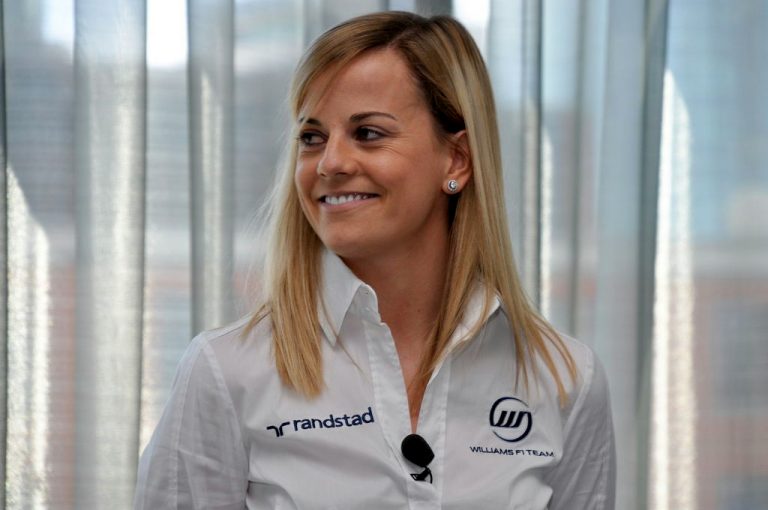Formula 1 is considered the ‘pinnacle of motorsport’ for a reason, as it constantly pushes the boundaries of the best and introduces the most modern things that automotive technology has to offer. But if there’s one thing where F1 isn’t showing excessive progress, it’s the greater inclusion of the female gender.
For decades, the best drivers in the world have been racing in Formula 1. Whether it’s Juan Manuel Fangio, Ayrton Senna, Michael Schumacher, Alain Prost or Lewis Hamilton, they all left a big mark on the elite class of motorsport, but there are no representatives of the female sex among the biggest names.
To this day, women still haven’t found a way to compete against their male counterparts in Formula 1 in the long term, and throughout history, we’ve only seen a few fleeting attempts that didn’t last long.
Maria Teresa de Filippis became the first woman to compete in an F1 Grand Prix. She took part in five races and in 1958 finished the race in Spa in 10th place. She was followed by Lella Lombardi, who competed in 17 races between 1974 and 1976.
Other women who have competed in F1 include Susie Wolff, Giovanna Amati, Desire Wilson and Divina Galica.
Can women race in F1?
On paper, there is no rule in F1 or any other motorsport in the world that prohibits women from entering. So the short answer to the question of whether F1 is accessible to both sexes is “yes”. However, this only applies on paper.
Despite this, there have been no regular female drivers in F1 for a number of reasons including economics, grassroots support, and general organizational problems. Although there is a W series, a racing series specifically for women, it has not broken through the barrier that women face in entering F1. Female representatives, although informally, still face the prejudice that they cannot compete more seriously with their male racing colleagues.
Probably the only possibility for them to advance among the elite would be to actually get the opportunity to compete directly against existing racers in the long term, thereby confirming their abilities, both in the eyes of teams, sponsors and fans. To start with, female drivers could be offered the opportunity in free practices or testing, and the teams could also use additional racing cars for this.




0 Comments